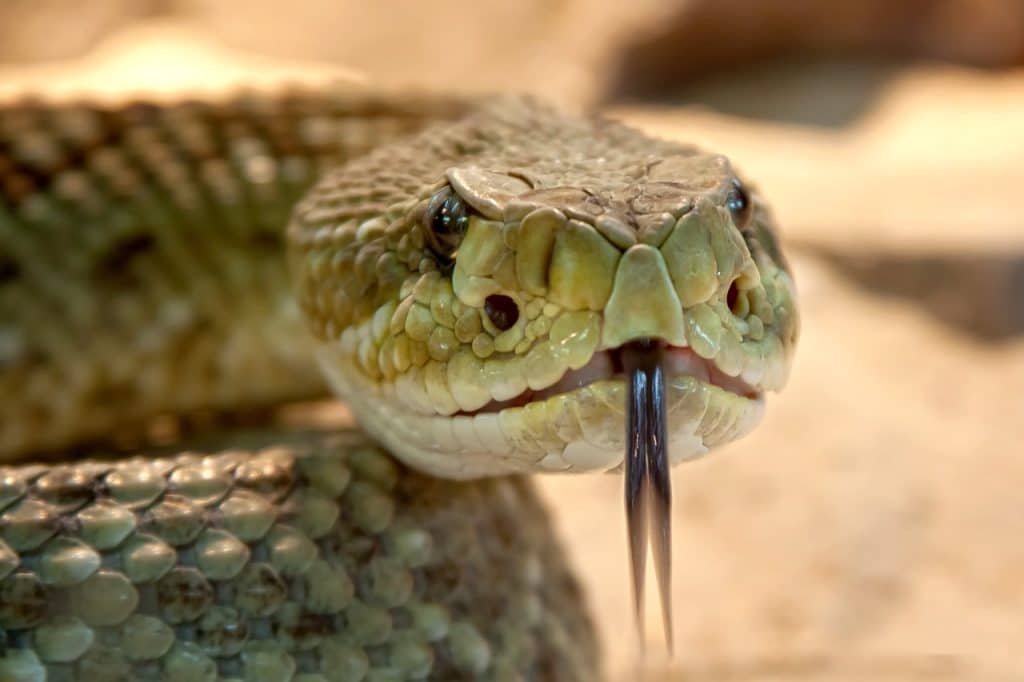
A snake is a great pet for the right person. Snakes are great pets because they require little to no maintenance and can be trained in a variety of ways. A snake is a great choice if you are looking for a pet that you can watch and take care of. There are many snakes that love to be handled.
How much does it cost for a snake to be yours?
It is difficult to give a definitive answer. Because there are many factors involved. Each situation is unique, from the actual cost of the snake to the monthly recurring expenses.
We hope to shed some light on the situation so that you can make an accurate estimate of your new snake.
Bring a new snake home: one-time costs
The initial costs of owning a pet snake can be the most expensive. They are generally not as costly to keep as other pets.
Surprisingly the snake’s actual cost is not the most expensive part of herpetology. Snakes are very affordable. Two main criteria will determine the cost of your snake.
- The species
- The morph
Certain species are more expensive than others. A standard corn snake will cost you far less than a Brazilian Rainbow Boa. However, if you are looking for a rare morph (or color variant) of a corn snake, you might be able to expect to pay more.
No cost
You won’t find a pet snake free of charge. If you find someone who is looking to rehome one, it’s possible. They will usually only charge a small rehoming fee to prove that they can afford to care for the animal. If you are lucky, they will provide all the equipment and gear needed to care for them.
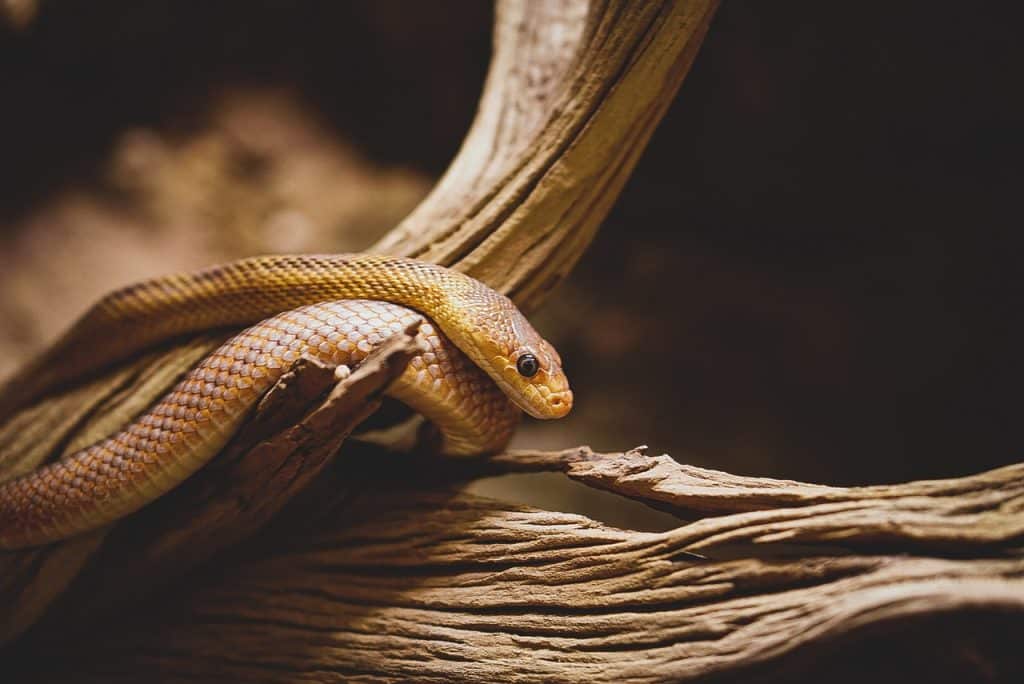
Adoption
You won’t find too many snakes in your local animal shelter, ASPCA. Adopting one is possible.
Breeder or pet store
- $15-$1000+
Your new snake will be purchased through either a breeder or an intermediary pet shop. Prices can vary between species but you can expect to pay between $15 and $1,000 for a new snake. However, it is a fact that buying directly from a breeder is usually cheaper than purchasing through a third-party market.
Snake breeders aren’t as common as other species. Snakes can be safely shipped by mail and delivered overnight to your home. This is a great option if you are looking for a particular snake. Make sure you have everything ready for your snake.
Here’s a list of 8 different breeds and their average cost
| Ribbon Snakes | $15-$25 |
| Garter Snakes | $20-$50 |
| Corn snakes | $40-$120 |
| California Kingsnakes | $60-$300 |
| Hognose Snakes | $100-$700 |
| Ball Python | $40-$1,500 |
| Red-Tailed Boa | $150-$200 |
| Burmese Python | $65-$80 |
Stock
- $110-$475
Here is where you’ll find the majority of your initial snake cost. They are not able to be moved outside, so you will need to make a lot of one-time investments in order for them to start up. They are relatively self-sufficient once they have established themselves and don’t need to spend a lot of money afterward.
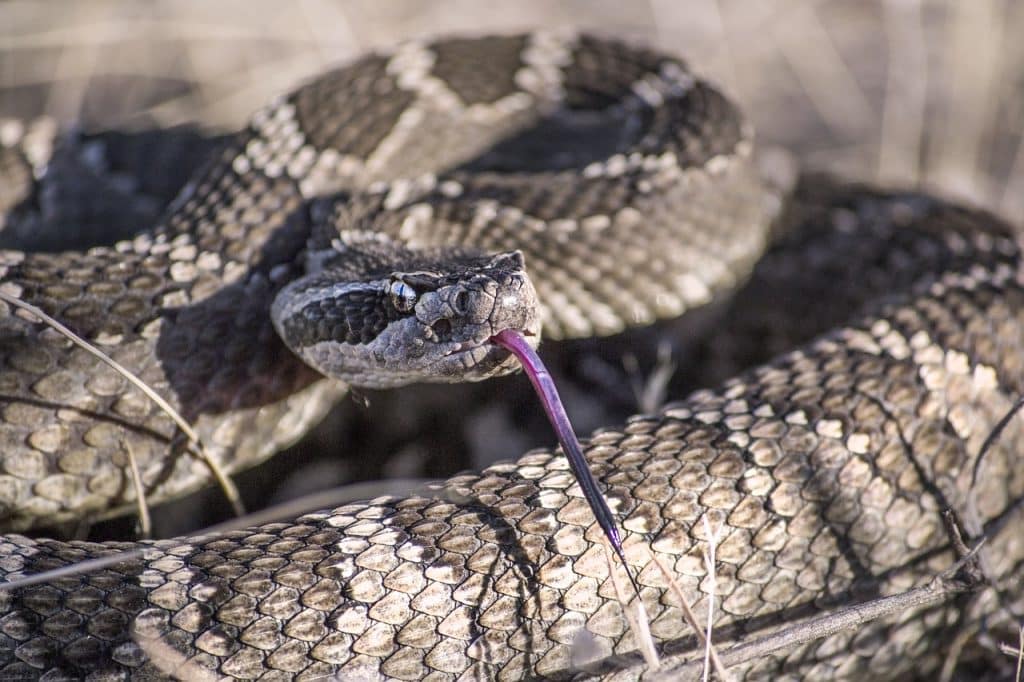
Price List for Pet Snake Care Products
| Tank for enclosure | $20-$150 |
| Closure Lid | $20-$150 |
| Below Tank Heater | $10-$25 |
| UVB Light Bulb | $5-$15 |
| Mounting Light Bulbs | $5-$10 |
| Timers and Gauges | $15-$40 |
| Substrate | $3-$10 |
| Water Bowl | $5-$15 |
| Hides | $5-$20 |
| Closure Decor | $10-$20 |
| Food | $10-$20 |
Tanks and enclosures
The enclosure is the place where you will spend the most money when buying a new snake. Although small plastic enclosures are often cheap, they can prove to be too small for many species. They also tend to be temporary and not long-lasting. You may also want to upgrade to something more attractive.
Most snake owners will have a glass aquarium. This aquarium is not very expensive and will provide a good habitat for your snake. The prices for a glass aquarium vary depending on the size.
You will pay more if you want a premium terrarium. These terrariums are often equipped with quality features like front opening doors, adjustable ventilation port, lid, and latch, as well as pre-installed mounting points for heat lamps and lights.
The lid is an additional cost to purchase your snake’s enclosure. The lid is not included in most of the less expensive enclosures, such as glass aquariums or plastic ones. The lid is generally as expensive as the tank.
When raising snakes, a lid is essential. Even if they have a cover, they are great escape artists. It’ll be difficult to keep them inside for more than five minutes without a cover.
Considerations for Heating and Lighting
Proper lighting and heating are essential to keeping your snake healthy. This doesn’t need to be expensive. Incandescent UVB light bulbs can usually be used to meet light requirements.
These bulbs can also be bulky and take up valuable space in your enclosure. Fluorescent-style UVB light bulbs are more compact and can be used to maximize your enclosure’s space.
An under-tank heater is the best choice for heating. Prices will vary depending on how big your enclosure is and what your snake needs.
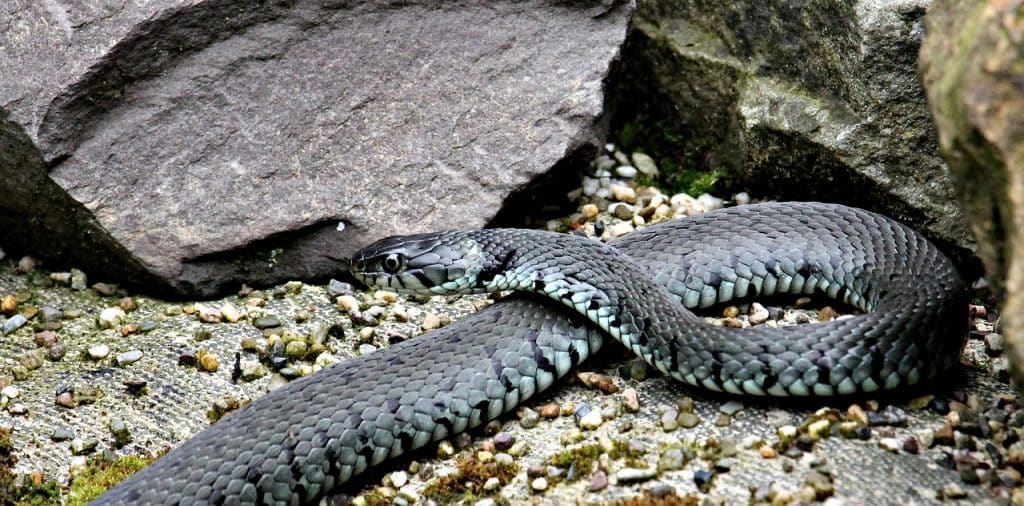
Substrates, Hides, and Water Bowls
This is the most expensive part of the whole setup. This is because many of these can be made or improvised for free. Some snakes can live on shredded paper towels, so they don’t need a substrate. Although burrowing snakes require a substrate, it is not necessary and often costs less than a regular substrate.
You can make and customize your own hides. For a fraction of what you would pay at a store, you may be able to build hides that are better than those available in stores. If you do need to buy a hide, they are surprisingly affordable.
Water bowls are also very affordable. These water bowls are very affordable and will not break the bank.
Annual Expenses
- $310-$740 annually
You should also consider the initial startup costs. When raising a snake, you need to consider the cost of yearly maintenance and upkeep.
Health Care
- $120-300 per annum
There are two options for health care costs for snakes. They can be very routine or expensive. is very little in between.
This is because most vets will not treat snakes. It is necessary to locate an exotic vet specialist. These specialists are usually more expensive than the standard vet.
Check-Ups
- $40-$100 per annum
Although there are no vaccines that your snake can receive, they still need to be checked up on a regular basis. To make sure they are healthy and happy, we recommend that you have an annual checkup with your vet.
Routine visits can catch minor issues and help you quickly deal with them. This helps to prevent the condition from becoming a costly emergency.
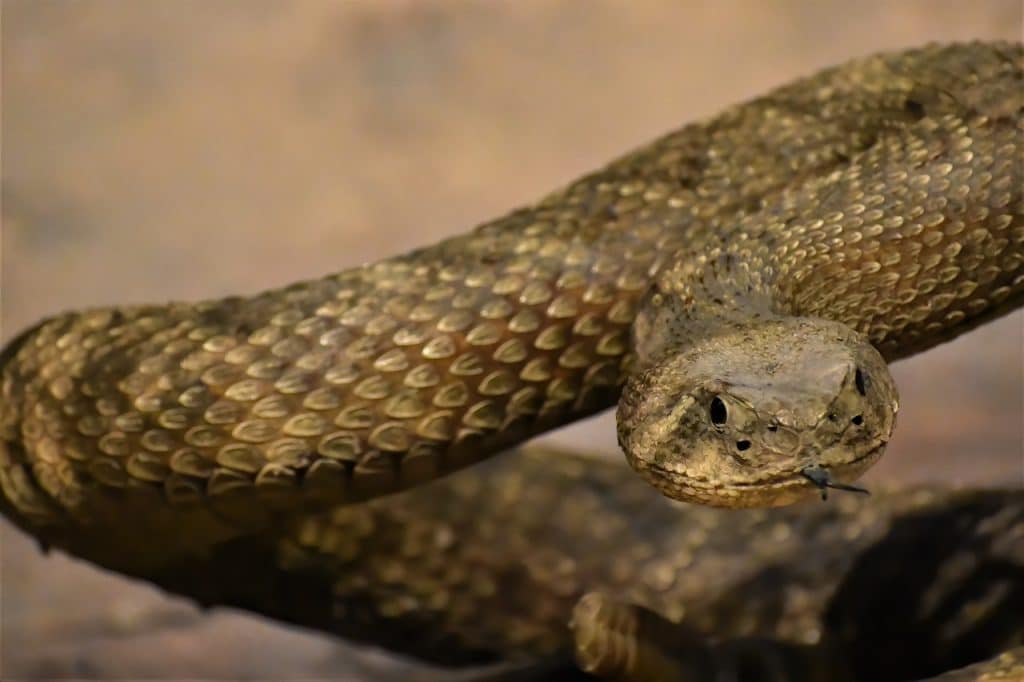
Emergencies
- $80-$200 annually
This is the snake we most hate out of all the expenses you will face with your pet snake. These kinds of trips can happen, however. These types of visits can be avoided by keeping your snake’s enclosure clean and their lighting and heating set correctly.
Food
- $120 – $240 per year
The most volatile expenses when raising a snake are its food costs. It all depends on the type of food and where you buy it. For smaller snakes, pinky mice are usually very affordable and can be used to make a complete meal. As your snake gets larger, you’ll need to provide more than pinky mice for it to survive. This will increase the cost of its food.
Online shopping for frozen feeder animals and rodent food is your best option when it comes to buying food for your snakes. You can buy bulk items at a lower price than the local pet shop.
Environment Maintenance
- $70-$200 per annum
As your snake grows, there will be additional costs you need to pay. As your snake grows, you will need to replace your UVB lights, substrate, or even your enclosure.
| UVB Light Bulb | $18/year |
| Substrate | $15/year |
| New Attachment | $50-$100 (as needed) |
| New Hides | $10 |
| Decor and Plants of All Kinds | $25 |
The Annual Cost of Own a Snake
- $435 to $1,500 per annum
There are many factors that influence the cost of owning a snake. The cost of a snake is dependent on its species. The expenses will go up the larger the snake is.
For a precise estimate of your costs, do extensive research on the species and needs of your potential snake species.
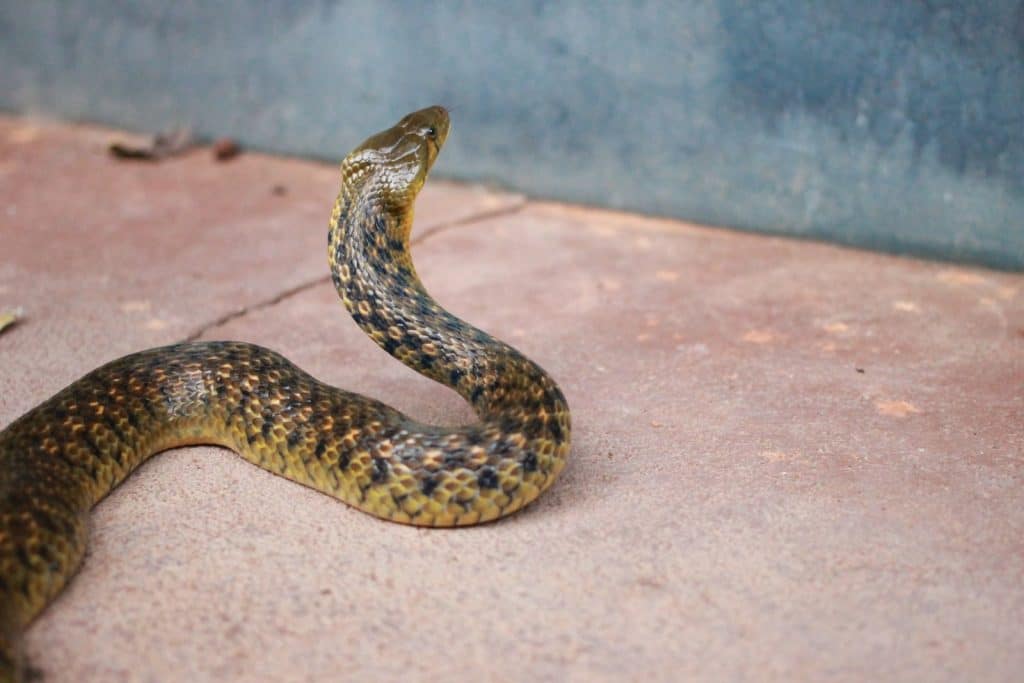
How to Own a Snake on a Budget
It’s possible to be a snake parent without spending too much. You will need to be selective in your choices. You won’t need to buy multiple enclosures so sticking with a smaller snake might be a smart move. Their food costs will be lower than those of their larger cousins.
Making your own enclosure decor, hides and substrate can help you save money. If you are trying to raise a snake with a limited budget, small things such as this can save you a lot of money.
However, we don’t recommend being too strict with lighting and heating. These are important aspects to keep your snake happy and healthy.
Pet Snake Care: Saving Money
If you want to save money on caring for your snake, it is best to take care of it properly. There are no ongoing costs, except for the occasional light bulb or food.
Veterinarian visits are the most expensive. It is possible to avoid most diseases and illnesses in a snake by making sure their environment is clean and comfortable. They will live a long and happy life if they are well-fed and receive the right nutrition.
Conclusion
These costs are only estimates. Depending on the way you raise your snake and what snake you choose, you may end up spending more or less.
Snakes can be great pets, but they are very low-cost and easy to maintain. Some snakes are very gentle and will love their owners.
Python, how much do snakes cost?
The cost of a ball python includes not only the purchase price, which can range from $50 to $5000 (most ball pythons cost between $100 and $500), but also the expense of feeding, heating, lighting, and constructing the python’s cage. What exactly is this? The ball python is only found in Western and Central Africa. It is also known as the royal python.
Is it worthwhile to possess a snake?
Pros: Snakes Make Excellent Pets As pets, the most common pet snake breeds are typically calm. They vary in friendliness, but they’re typically content to just hang around in their tank and respond well to handling if you start them early. There is no training necessary!
Are snakes dangerous?
Although most snakes are not hostile and will flee at the first sign of human contact, people should nevertheless take care to avoid getting bitten, especially in forested areas near lakes or ponds. Here are some precautions to take to avoid being bitten by a poisonous snake.
Is it safe to handle a snake on a daily basis?
You may handle your snake anywhere from once a week to every day, depending on the type. Snakes that are afraid of being touched should be handled less frequently to gradually accustom them to it. Tame snakes may be handled on a regular basis as long as they haven’t just fed, aren’t shedding, and don’t exhibit indications of stress.
Do snakes become lonely?
The majority of snake species are not lonely. When mating, they are asocial and exclusively seek out other members of their own species. The garter snake is an exception to this rule. This snake appears to love the company of other snakes, thus it’s probable that garter snakes suffer from loneliness when they’re alone.
Do python bites cause pain?
A python bite will almost certainly leave you with scratches, puncture wounds, bruises, and potentially further internal harm. These bites can be unpleasant both during and after the bite.
Are ball pythons adoptable?
Ball pythons are passive snakes, but if you hold them once a day and treat them carefully, they may be quite sociable and comfortable being handled by people. An adult ball python will like wrapping itself around your arm or waist, although they are readily unwrapped when necessary.
Are pythons suitable as pets?
Ball pythons are one of the most popular types of pet snakes. They are suitable for beginners since they are gentle and easy to care for. Ball python housing can range from simple to sophisticated. The most essential thing is that you follow many regulations and often check in on your pet to verify that it looks to be healthy.
Why does my snake continue to bite me?
In most cases, this is induced by shocking your snake with your presence in its enclosure (snakes hate surprises). If your snake believes you are a threat, it will strike back with a defensive strike. Before you blink, they will strike, bite, and recoil.
What is the most affordable snake to own?
Common orange/brown corn snakes are priced between $20 and $50. Corn Snakes are often the most affordable pet snakes to purchase from reputable breeders and pet retailers.